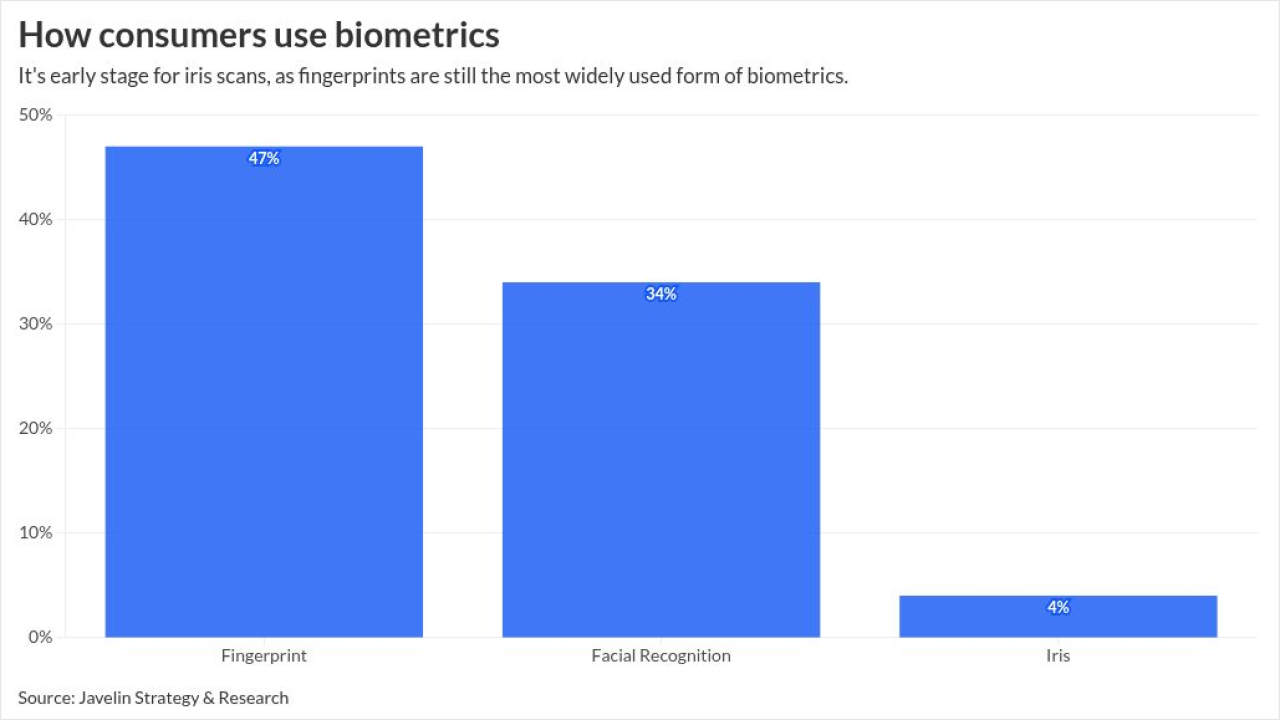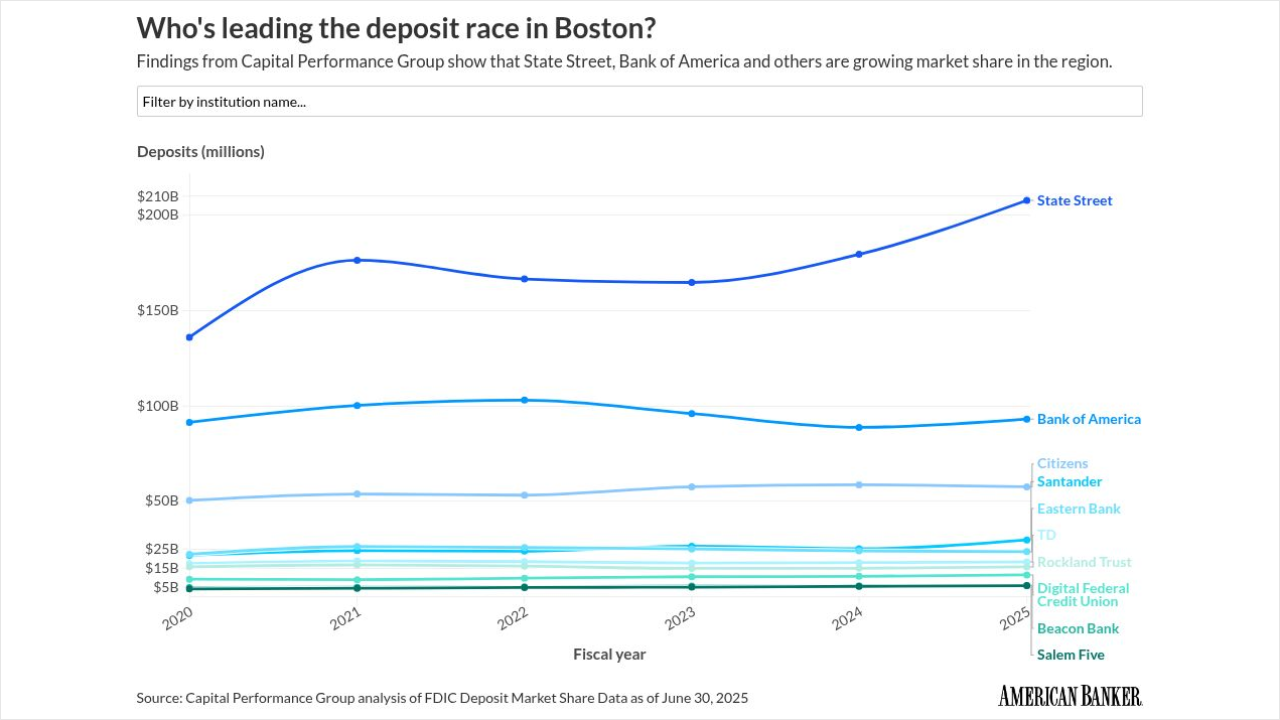Interactive voice response is getting a tuneup at some institutions, which are adding interactive voice messaging to the mix of communications options for customers. IVM is a detailed automated interaction with major ramifications for phone-based service. Some early adopters, such as British mortgage giant Nationwide Building Society, are using the technology in a way that could eventually send the touch-tone response method to the showers.
One seller of the new technology, Soundbite, claims this type of messaging lowers the per-contact cost for banks, compared to in-person interactions or even direct mail. Users can seek to reduce the number of inbound calls for new credit card customers, for example, by sending out targeted interactive messages that explain the card's benefits and services and offer response options.
One SoundBite bank customer uses the method to stem decreases in the number of credit card transactions resulting from customers who "quit their cards" after exceeding spending limits, the vendor says. Now customers receive IVM messages from the bank that, aside from alerting them they've reached their spending caps, offer ways to pay off debt, and thus access credit. The recorded messages combine speech and push-button response options for sales or collections, and are tailored to the specific products that customers use. Banks can also use the systems to boost call-center effectiveness. Qualified inbound leads based on information from completed push-button or speech-enabled activity, or previous transactions, can be delivered to live agents via popups.
SoundBite 5.0 for Financial Services integrates with a traditional call-center infrastructure like Automatic Call Distributors, the vendor says, and can also connect to customer relationship-management systems. Linking IVR products to CRM and back-office applications helps streamline data views across all the bank's points of customer contact, and is considered the next step for speech-enabled applications.
Advanced IVR with adaptive or intuitive functionality is still under development. "However, a number of vendors in the speech market are in the process of creating an adaptive up-sell and cross-sell solution that essentially enables companies to deploy revenue-generating automated systems," says Daniel Hong, an analyst at Datamonitor.
Datamonitor expects increased uptake of speech solutions as the technology matures. By 2009, the firm says, over 40 percent of IVR shipments in North America will include speech-enabled ports, marking a transition from touch-tone applications.
Other IVR vendors include Aspect, Avaya, Cisco, Comverse, Edify, Envox, Genesys, HP, IBM, Intervoice, Microsoft, Nortel, Nuance, Syntellect, Unisys and VoiceGenie. Israeli vendor Nice Systems is offering "emotion-detection" technology that monitors a caller's voice for specific words and tone changes that may signal anger or frustration. Nice's "Perform" system flags such calls, which can then be routed to an agent or manager.
IVR technology has also shifted sales to the call center. "People who have been entirely focused on service all this time now need to train their agents to be able to recognize a sale, and encourage those agents to actually pitch the product," says Ariana-Michele Moore, an analyst at Celent Communications.
It costs $6.85 per call to serve a customer via the phone-the most expensive way to reach customers besides direct mail-and more than e-mail, chatting options or the Internet, Moore says. IVR reduces per-call costs to between 40 cents and 75 cents. SoundBite's service is provided "pay-as-you-go" in an outsourced, Web-hosted package, so banks can employ it on-demand or as they create phone campaigns.
Rival Syntellect sells an off-the-shelf platform. British mortgage giant Nationwide Building Society is using Syntellect's voice recognition feature to route customer calls, replacing a previous touchtone system. "It's something where you can reply in a freestyle fashion," says Greg Simsar, Syntellect's vp of speech services.
Voice-over IP networks are providing for easier maintenance and monitoring of IVR systems, while the emergence of a dominant open-standard, called Voice-XML, has made integrating IVR platforms easier, says Hong. More firms are migrating from traditional legacy IVR environments to Voice-XML because it enables Web development and content delivery for voice applications, while reducing total cost of ownership.
The Microsoft-supported standard, SALT, which stands for speech-application language tags, entered the IVR market last year. It's designed for Microsoft Speech Server, the software giant's speech-enabled IVR platform. Hong says the majority of SALT deployments have thus far been a mix of touchtone and simple speech applications for call routing and self-directed service.





